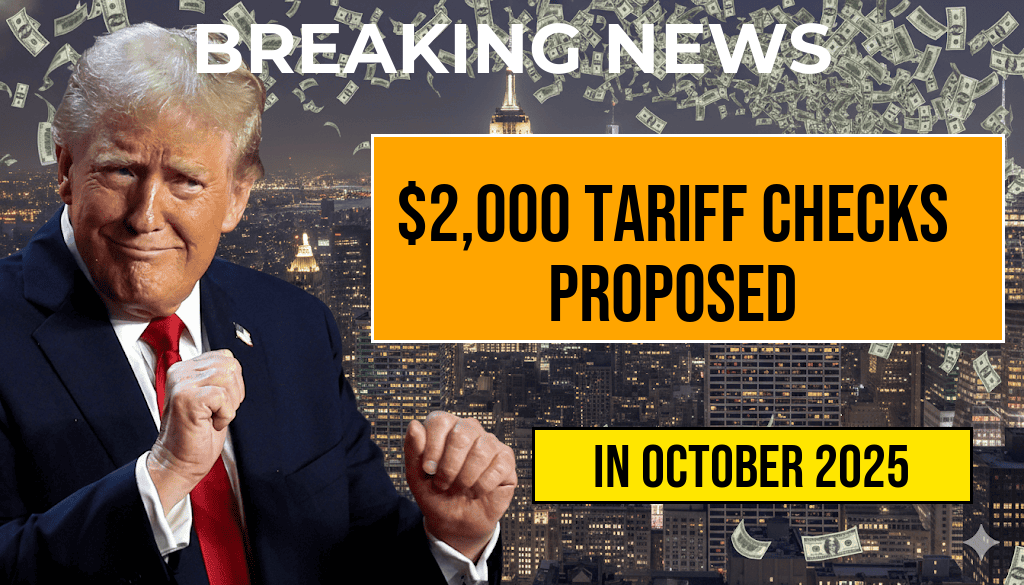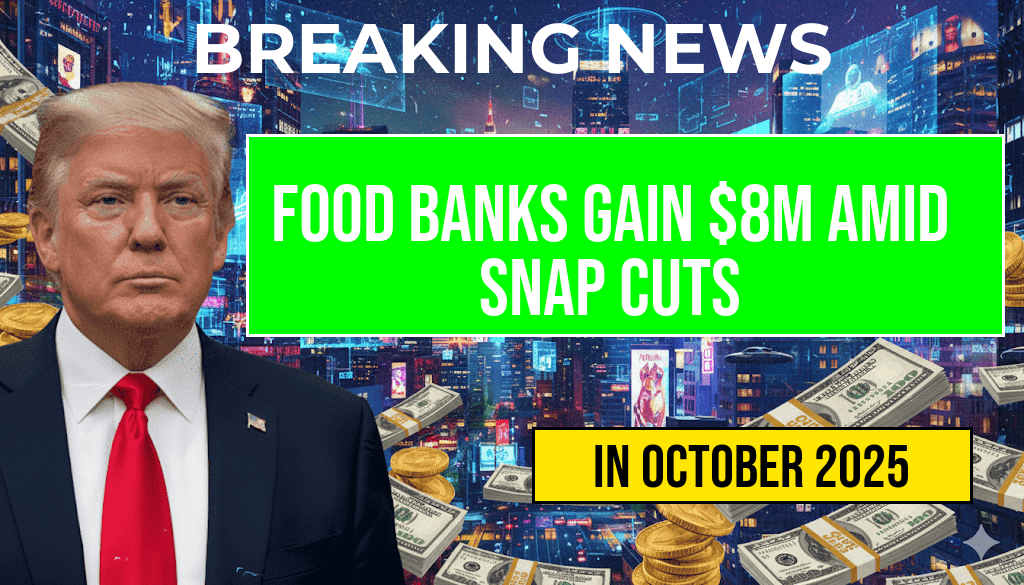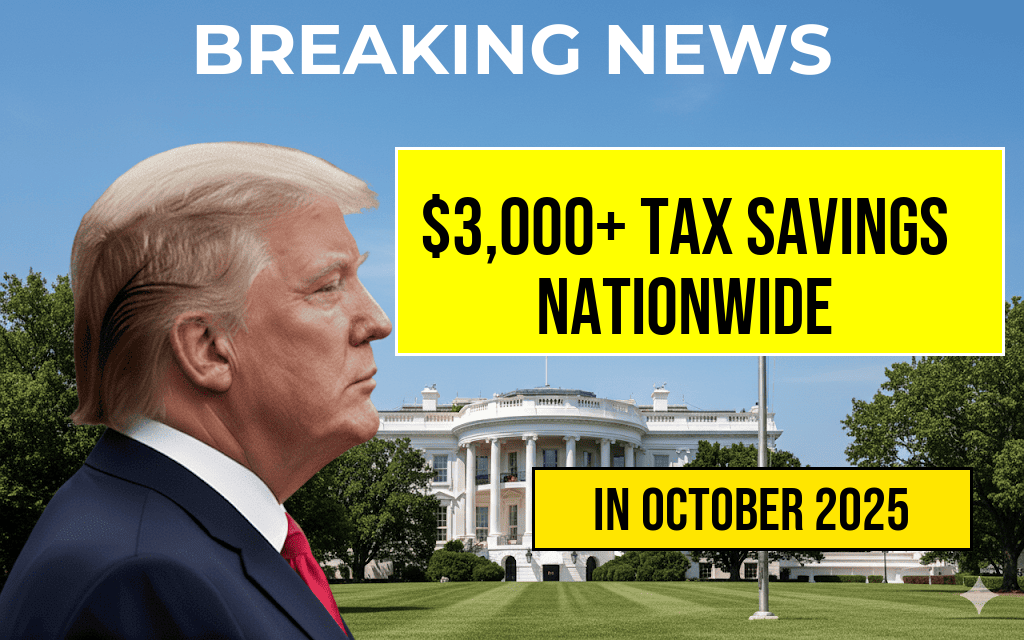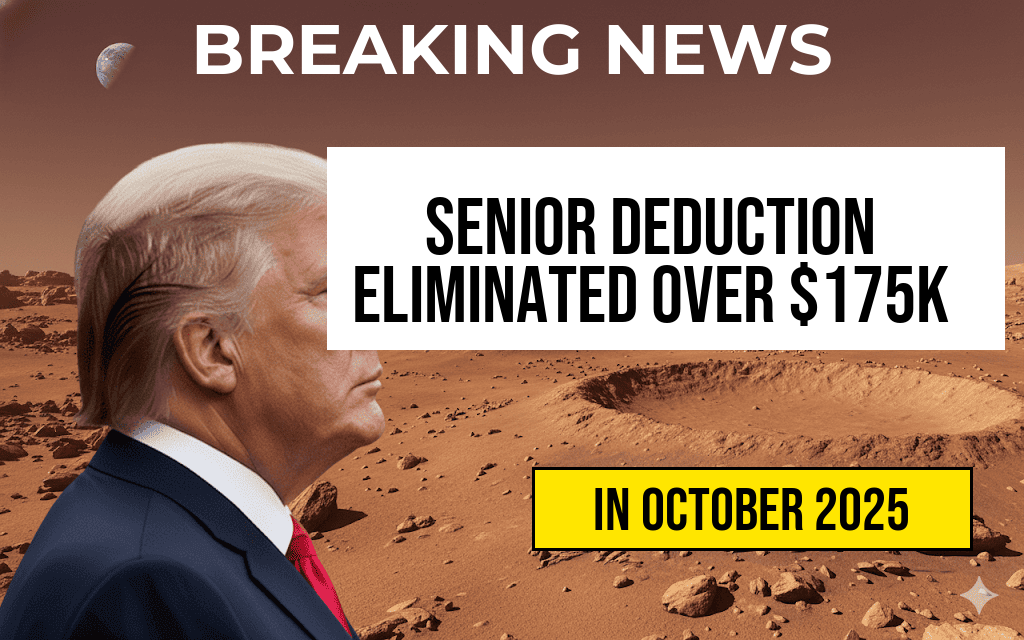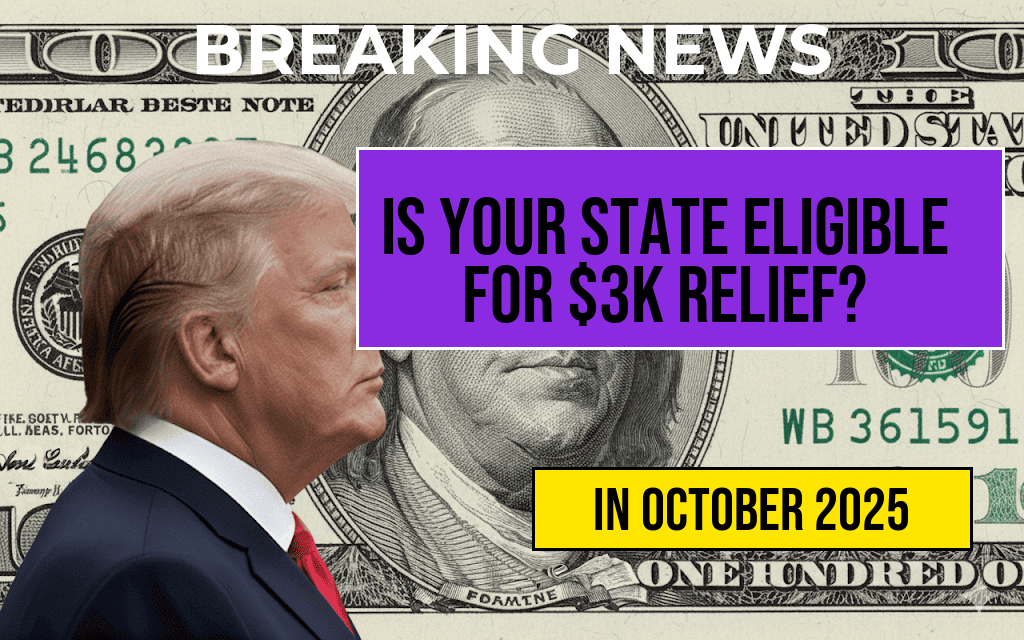Proposed $2,000 Tariff Dividend Checks Spark Debate Over Distribution and Impact
A recent proposal suggesting $2,000 tariff dividend checks has ignited discussions across political and economic spheres about who might qualify to receive these payments and how they could influence consumer costs. The initiative aims to offset the financial burden of tariffs imposed on imported goods, which have historically increased prices for consumers and businesses alike. While proponents argue that direct payments could alleviate inflationary pressures and provide relief to American households, critics warn that the plan might favor certain sectors or demographics, raising questions about fairness and long-term economic effects. As policymakers deliberate, stakeholders from manufacturing to retail are closely monitoring potential changes, emphasizing the importance of transparent eligibility criteria and sustainable funding sources.
Background on Tariffs and Proposed Dividend Checks
Tariffs are taxes imposed by the U.S. government on imported goods, intended to protect domestic industries and balance trade deficits. However, these tariffs often lead to higher prices for consumers, as businesses pass costs onto buyers. Over recent years, tariffs on items like steel, aluminum, and Chinese electronics have become particularly contentious, prompting calls for measures to mitigate their impact.
The recent proposal for $2,000 dividend checks seeks to directly compensate American consumers affected by tariff-related price increases. The plan envisions distributing these payments as a one-time or recurring financial aid, similar in concept to stimulus checks issued during economic downturns. Advocates argue that such direct cash transfers could help stabilize household budgets and support economic growth, especially amid ongoing inflation concerns. Conversely, opponents question the sustainability of funding such payments and whether they address underlying trade policy issues.
Who Would Be Eligible for the Dividend Checks?
The criteria for receiving the proposed $2,000 tariff dividend checks remain under discussion. Several potential eligibility frameworks have emerged, each with differing implications for recipients and administration:
Income-Based Eligibility
- Households earning below a specified income threshold, such as $75,000 annually, could qualify.
- This approach aims to prioritize lower- and middle-income families disproportionately affected by tariff-induced price hikes.
Impact-Based Eligibility
- Consumers who have demonstrated increased expenses attributable to tariffs, possibly verified through purchase data or tax filings.
- This method seeks to target individuals most impacted by specific tariffs on essential goods.
Sector-Specific Eligibility
- Workers in industries heavily affected by tariffs, such as manufacturing or retail, might be eligible for targeted payments.
- Such an approach could involve employer-reported data or industry certifications.
Policy makers are also considering whether to limit payments to U.S. citizens or include lawful residents, and how to prevent duplicate claims or fraud. The complexity of establishing fair, efficient criteria remains a central challenge as discussions progress.
Economic and Political Reactions
The proposal has garnered mixed reactions from economic analysts and political figures. Supporters emphasize that direct payments could serve as an immediate buffer against rising living costs, particularly for families struggling with inflation. “Providing targeted relief helps ensure that working Americans are not left behind due to trade policies beyond their control,” said a spokesperson from a pro-business think tank.
However, critics caution that such payments might only provide temporary relief without addressing the root causes of trade imbalances and tariff disputes. Some economists worry that these checks could increase the federal deficit if not properly funded, potentially fueling inflation further. Moreover, concerns about fairness have surfaced, with some arguing that payments should be tied to specific economic hardships rather than broad tariff impacts.
Politically, the plan has become a point of contention. While some lawmakers in favor of tariff relief see the dividend checks as a popular measure to gain voter support, others oppose additional federal spending without comprehensive trade reform. The debate reflects broader ideological divides over the role of government intervention in economic affairs.
Funding and Implementation Challenges
Implementing a $2,000 dividend check program involves significant logistical and financial hurdles. The federal government would need to allocate funds—potentially through reallocated budget surpluses, new borrowing, or repurposing existing aid programs. Establishing a reliable and fraud-proof distribution system is equally critical, likely requiring collaboration with IRS or social services agencies.
A key concern centers on the program’s sustainability. Critics warn that without a clear plan for ongoing funding, such payments could strain federal finances or be reduced over time. Additionally, questions remain about how to adapt the program to changing economic conditions and tariffs, which can fluctuate based on trade negotiations and international relations.
Looking Ahead: Possibility of Legislation
While the proposal remains in preliminary stages, legislative interest is growing. Several members of Congress have introduced bills to study or pilot the dividend check concept, emphasizing the importance of transparency and targeted aid. The debate continues to unfold around the best approach to balancing immediate relief with long-term economic stability.
As policymakers weigh the potential benefits and pitfalls, the core issue remains: how to effectively support American families impacted by trade policies without jeopardizing fiscal responsible or economic resilience. The coming months will be critical in shaping whether these $2,000 tariff dividend checks become a reality and, if so, who ultimately benefits from them.
Sources
Frequently Asked Questions
What are the proposed two thousand dollar tariff dividend checks?
The proposed tariff dividend checks are payments of $2,000 intended to provide financial relief to eligible recipients affected by tariffs imposed on certain goods or trade policies.
Who will receive these dividend checks?
Eligible recipients typically include individual taxpayers or business owners impacted by tariffs, with specific qualification criteria set by policymakers to determine who will receive the payments.
When are the dividend checks expected to be distributed?
The distribution timeline for the $2,000 tariff dividend checks depends on legislative approval and administrative processes, but details are anticipated to be announced once the program is finalized.
What criteria must recipients meet to qualify for the dividend checks?
Recipients may need to demonstrate impact from tariffs, such as specific income levels, business losses, or other eligibility requirements set by the authorities overseeing the program.
How will these dividend checks impact the economy?
The $2,000 tariff dividend checks aim to provide financial relief to affected individuals and stimulate economic activity, though their overall impact will depend on implementation and broader economic factors.

